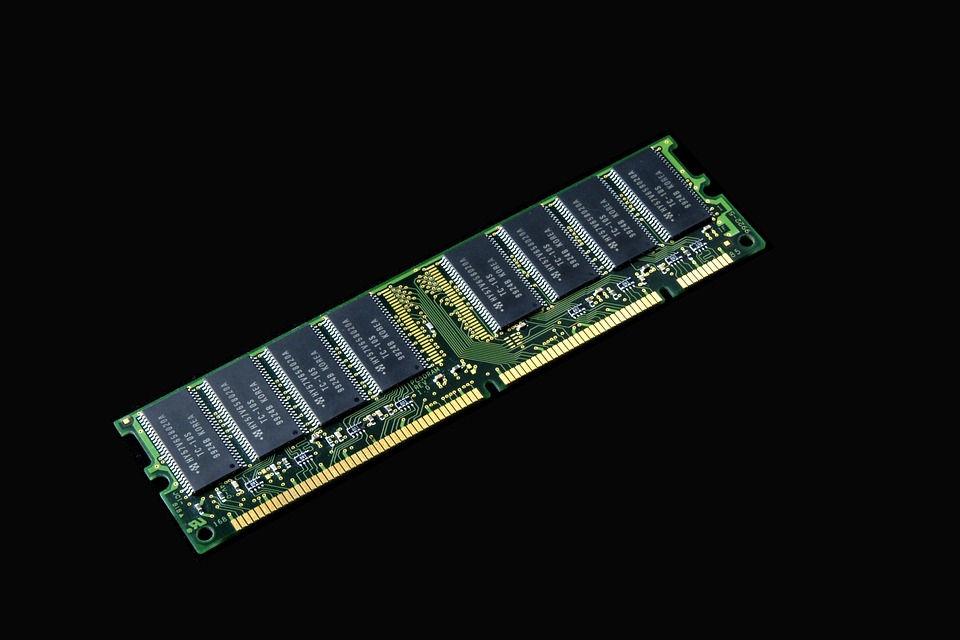Exploring the Latest Innovations in Solar Panel Technology
Solar panel technology has come a long way in recent years, with continuous innovations and improvements driving the industry forward. These advancements have not only made solar panels more efficient and cost-effective but have also expanded their potential applications. In this article, we will explore some of the latest innovations in solar panel technology and their impact on the renewable energy landscape.
1. Perovskite Solar Cells
Perovskite solar cells have emerged as one of the most promising innovations in the solar panel industry. These cells are made using a class of materials called perovskites, which have unique properties that make them highly efficient at converting sunlight into electricity. One of the key advantages of perovskite solar cells is their low manufacturing cost, which has the potential to significantly reduce the overall cost of solar power generation.
Furthermore, perovskite solar cells can be produced using simple manufacturing techniques, such as printing, making them easier and cheaper to mass-produce. This has the potential to lower the barrier to entry for solar panel manufacturers and drive down the cost of solar energy for consumers.
- Example: Oxford PV, a solar technology company, has made significant progress in the development of perovskite solar cells. Their tandem perovskite-silicon solar cells have achieved world-record solar conversion efficiencies, surpassing 29%.
- Research: According to a study by the National Renewable Energy Laboratory (NREL), perovskite solar cells have shown remarkable progress, with efficiencies rapidly approaching those of traditional silicon solar cells.
2. Bifacial Solar Panels
Bifacial solar panels are another notable innovation that has gained traction in the industry. Unlike traditional solar panels that only capture sunlight from one side, bifacial panels can generate electricity from both their front and rear surfaces. This dual-sided nature allows them to capture reflected and indirect sunlight, increasing their overall energy output.
Moreover, bifacial solar panels can be installed in a variety of configurations, such as elevated on a mounting structure or integrated into building facades. This flexibility makes them suitable for a wide range of applications, including commercial and residential installations, as well as large-scale solar farms.
- Example: The Solar Energy Industries Association (SEIA) reported that bifacial solar panels have seen a significant increase in deployment, with major solar projects choosing bifacial technology to maximize energy yield.
- Case Study: A study conducted by the Fraunhofer Institute for Solar Energy Systems found that bifacial solar panels can increase energy yield by up to 27% compared to traditional monofacial panels in certain ground-mounted installations.
3. Transparent Solar Panels
Transparent solar panels represent a groundbreaking innovation that has the potential to revolutionize the way we integrate solar technology into our built environment. These panels are designed to be see-through, allowing them to be used in windows, skylights, and glass facades without obstructing the view. This opens up new possibilities for seamlessly incorporating solar power generation into buildings and infrastructure.
Additionally, transparent solar panels can capture sunlight from both the visible and ultraviolet parts of the spectrum, making them more efficient in real-world conditions. This broader light absorption spectrum allows them to generate electricity even on cloudy days or in low-light environments, further enhancing their practicality.
- Application: Michigan State University has developed transparent solar panels that can be integrated into windows, harnessing sunlight without compromising visibility. This innovation has the potential to turn every window into a power source, contributing to energy self-sufficiency in buildings.
- Research: A study published in the journal Nature Energy highlighted the potential of transparent solar panels in reducing the carbon footprint of buildings and vehicles, offering a sustainable solution for energy generation.
Conclusion
The latest innovations in solar panel technology are driving the industry forward, making solar power more accessible, efficient, and versatile. From perovskite solar cells to bifacial and transparent panels, these advancements are shaping the future of renewable energy. As these technologies continue to evolve and mature, they hold the potential to significantly reduce our reliance on fossil fuels and mitigate the impact of climate change. Embracing these innovations is crucial in accelerating the global transition to a sustainable and clean energy future.


Pingback: Exploring the Latest Innovations in Solar Panel Technology – Home Solar Sessions
Your point of view caught my eye and was very interesting. Thanks. I have a question for you. https://www.binance.com/en-IN/register?ref=UM6SMJM3
I don’t think the title of your article matches the content lol. Just kidding, mainly because I had some doubts after reading the article.
Explore the ranked best online casinos of 2025. Compare bonuses, game selections, and trustworthiness of top platforms for secure and rewarding gameplaycrypto casino.